
Natural Home Remedies for Ingrown Toenails That Bring Quick Relief
Ingrown toenails can be incredibly painful and frustrating. They occur when the edge of the toenail grows into the surrounding skin, causing inflammation, swelling, redness, and even infection. While severe cases may require medical treatment, many mild to moderate ingrown toenails can be managed effectively at home using natural remedies. These natural methods not only provide quick relief from pain but also help promote healing and prevent future occurrences.
1. Warm Water Soak
One of the simplest and most effective remedies for ingrown toenails is soaking your foot in warm water. This softens the skin and nail, reduces swelling, and relieves discomfort. Add Epsom salt or a few drops of antibacterial essential oils like tea tree oil or lavender oil to the water for enhanced results. Soak your foot for 15–20 minutes, 2–3 times a day. After soaking, gently dry the area and massage the skin around the nail.
2. Apple Cider Vinegar Soak
Apple cider vinegar has both anti-inflammatory and antiseptic properties. Adding a 1:1 mixture of ACV and warm water to a foot bath can help reduce pain and fight infection. Soak your foot for 20 minutes daily. Make sure to rinse and dry your foot thoroughly afterward.
3. Use Cotton or Dental Floss Under the Nail
After soaking your foot and softening the nail, gently lift the corner of the ingrown nail using a clean instrument (such as a sterilized tweezer or cuticle stick). Place a small piece of clean cotton or dental floss under the edge of the nail to encourage it to grow above the skin rather than into it. Change the cotton daily and keep the area clean to avoid infection.
4. Apply Tea Tree Oil
Tea tree oil is a natural antiseptic and anti-inflammatory. Dilute it with a carrier oil such as coconut oil or olive oil, and apply a few drops to the affected area twice daily. It helps reduce swelling and prevents infection from developing in the ingrown nail.
5. Turmeric Paste
Turmeric contains curcumin, which has powerful healing and anti-inflammatory properties. Make a thick paste using turmeric powder and water (or coconut oil), and apply it directly to the swollen area. Cover with a clean bandage and leave it on for a few hours or overnight. Repeat daily for the best results.
6. Lemon Juice Compress
Lemon juice’s natural acidity helps fight infection and soften the nail. Soak a cotton ball in fresh lemon juice and tape it to the ingrown toenail. Leave it on for 30 minutes. Do this once or twice a day for relief and faster healing.
7. Proper Nail Trimming and Footwear
Prevention is just as important as treatment. Always trim your nails straight across, not curved, and avoid cutting them too short. Wear breathable footwear with enough space for your toes to move freely. Tight or narrow shoes can cause or worsen ingrown toenails.
When to See a Doctor
While natural remedies can be highly effective, it’s important to recognize when home treatment isn’t enough. Seek medical help if:
-
The toe becomes very swollen, red, or hot
-
Pus is present (sign of infection)
-
Pain increases despite treatment
-
You have diabetes or poor circulation
Ignoring a serious ingrown toenail can lead to complications, especially for people with existing health issues.
Final Thoughts
Ingrown toenails are common but manageable. With the right approach and consistency, natural home remedies can provide quick relief, reduce inflammation, and prevent future problems. Always prioritize cleanliness and avoid aggressive nail cutting. By treating your feet with care, you can stay pain-free and avoid unnecessary trips to the doctor.
News in the same category


Neurologists urge: stop this daily habit now—it’s linked to strokes!
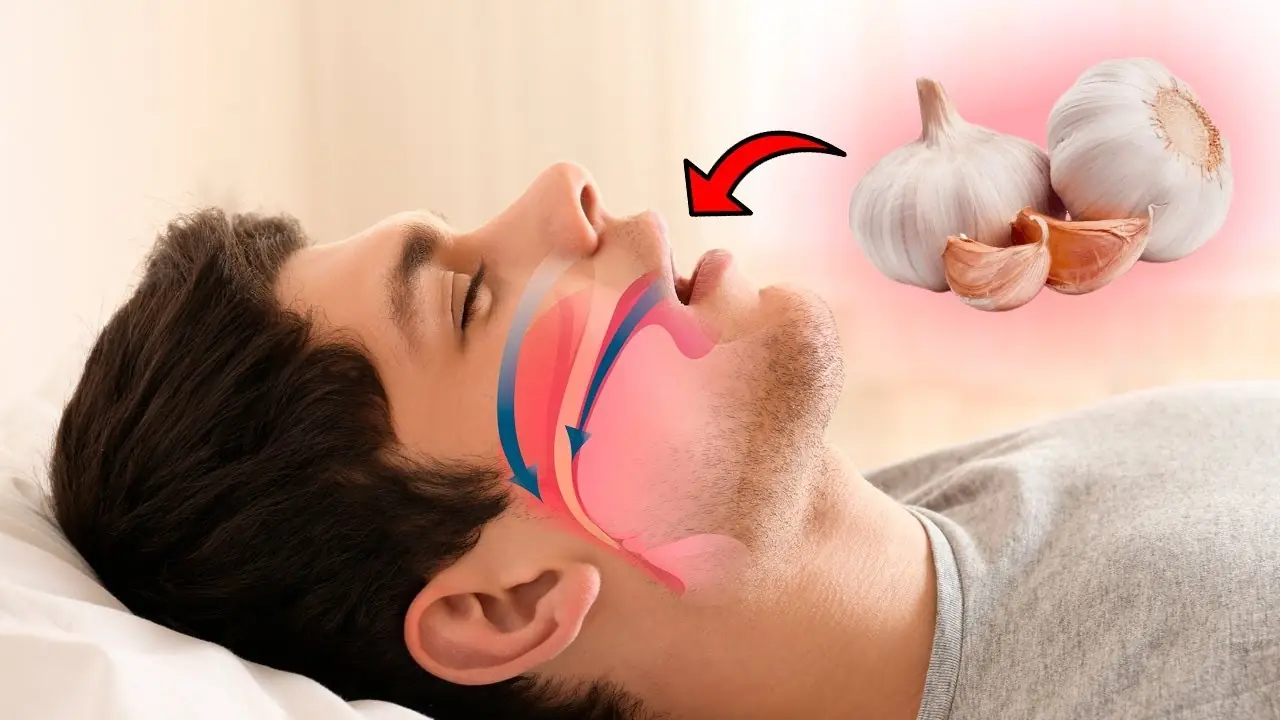
This Is What Happens to Your Body When You Start Eating Raw Garlic
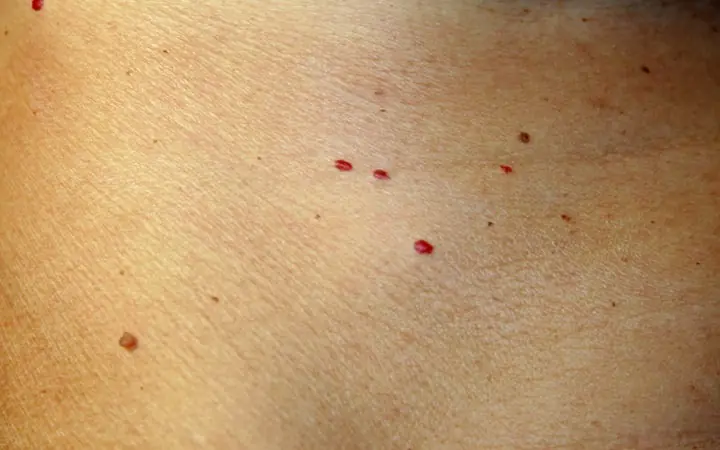
What Those Red Spots on Your Skin Are Warning You About and How to Remove Them Naturally
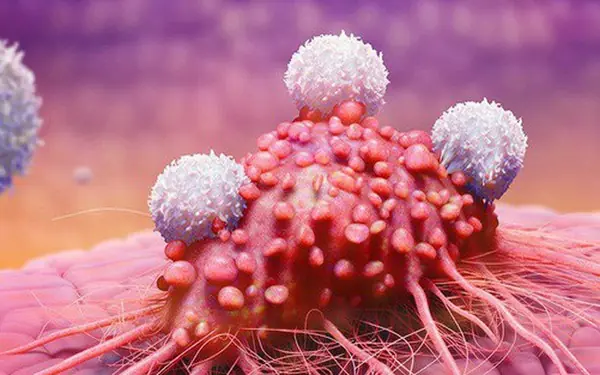
Small Morning Habits That Many Overlook but Boost Blood Flow and Energy
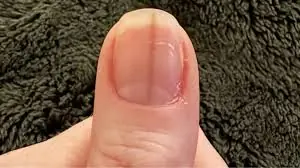
Woman Urged to See Doctor After Spotting Concerning Line

Groups of People Who Need to Avoid Eating Bread
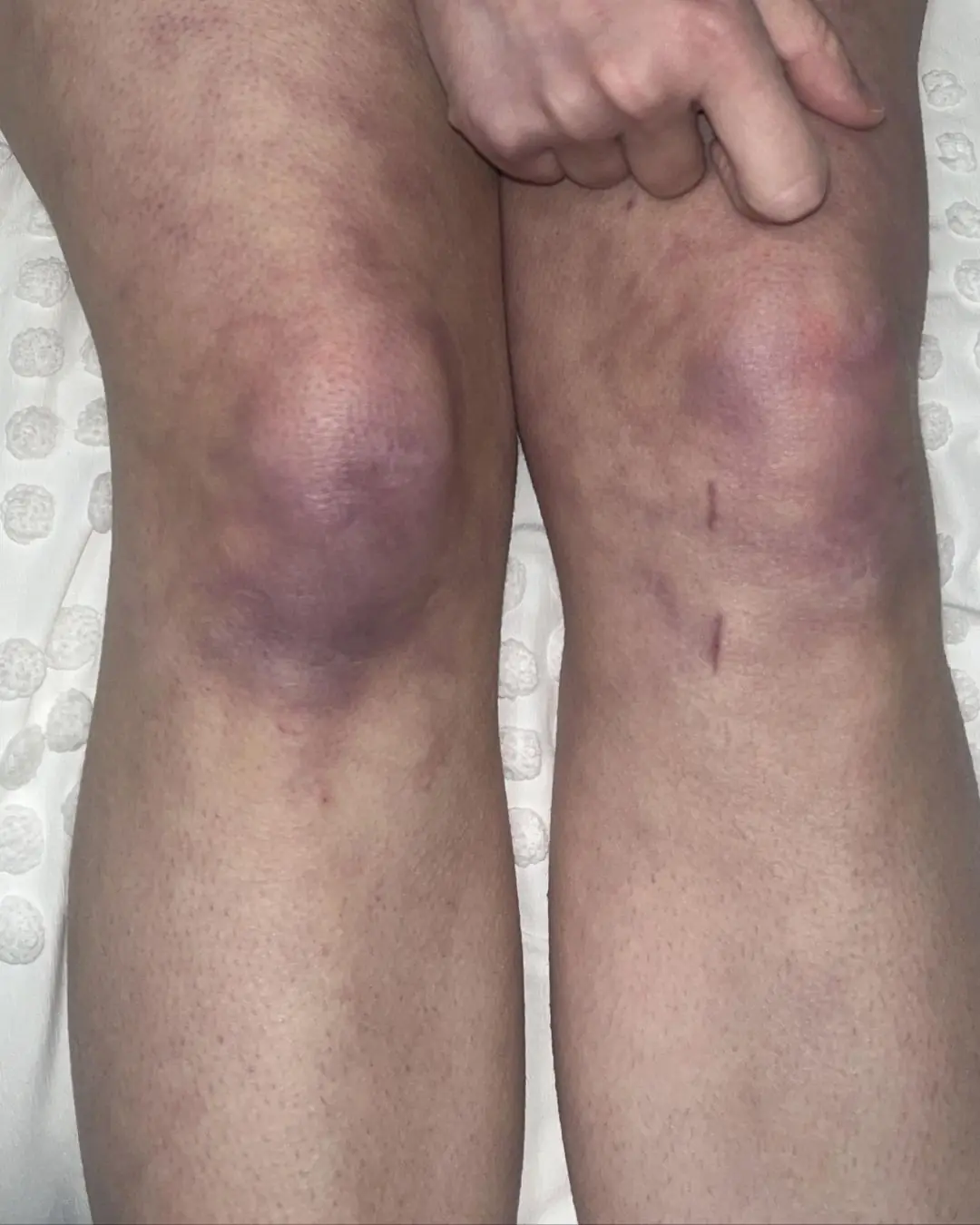
What those strange skin patterns might really mean

Should You Eat Rice for Breakfast

Preventing Stroke At Any Age: 3 “Don’ts” After Meals—And 4 “Don’ts” Before Bed
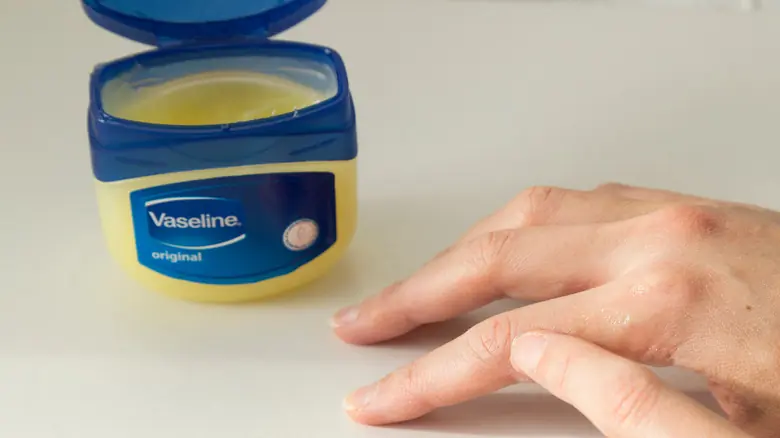
Why You Should Stop Using Petroleum Jelly On Your Skin (It’s a Byproduct of the Petroleum Manufacturing Process)
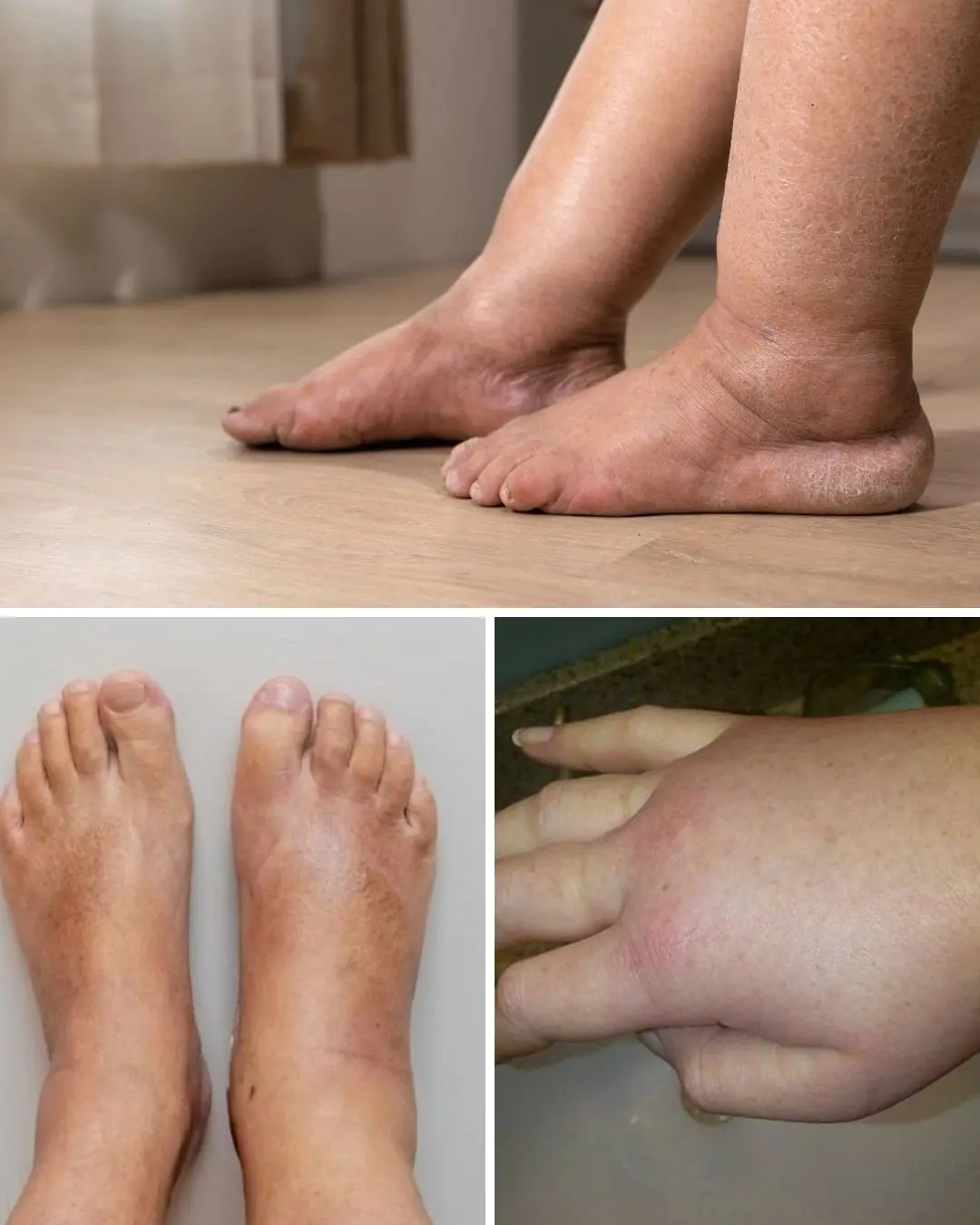
Foods that can ease swelling in hands and feet

Blood Clot in Leg: Signs and Symptoms You Shouldn’t Ignore (Pictures Included)

The Most Effective Ways to Naturally Get Rid of Clogged Ears

Most US Neurologists Who Prescribe MS Drugs Take Industry Money

Cognitive Benefit From Ginkgo biloba Monotherapy in MCI

Keeping Up on HS Management When Guidelines Are Outdated

How Your Body Changes in Your Forties and What It Means for Your Health

17 Foods That Increase Magnesium And Prevent High Blood Pressure, Blood Clots And Muscle Fatigue
News Post

#1 Best Way to Lower Blood Pressure Naturally and Fast

Neurologists urge: stop this daily habit now—it’s linked to strokes!

What Is the Small Cap Inside Cooking Oil Bottles For? Simple But Extremely Useful

A Trick to Repel Rats Using Common Household Ingredients, Keeping Your Home Clean, Fresh, and Rat-Free

Place a Face Mask in the Refrigerator: A Small Trick with Unexpected Results

Put Ice Cubes in Your Clothes Dryer, and You’ll Be Surprised by the Results

Why You Should Put Coins in the Refrigerator?

Tips for Choosing Good Avocados: Don't Be Tempted by Large Ones, They Are 'A Waste of Money'.

This Is What Happens to Your Body When You Start Eating Raw Garlic

What Those Red Spots on Your Skin Are Warning You About and How to Remove Them Naturally

Small Morning Habits That Many Overlook but Boost Blood Flow and Energy
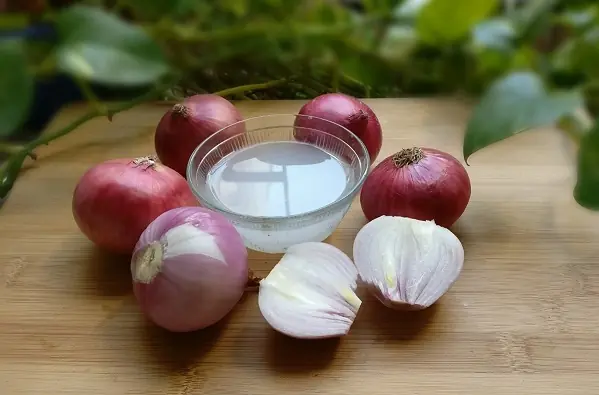
How to use Onion juice & Onion Hair Oil for Hair Growth – Onion Benefits for Hair

What it says about your relationship when your partner sleeps with their back to you

Woman Urged to See Doctor After Spotting Concerning Line
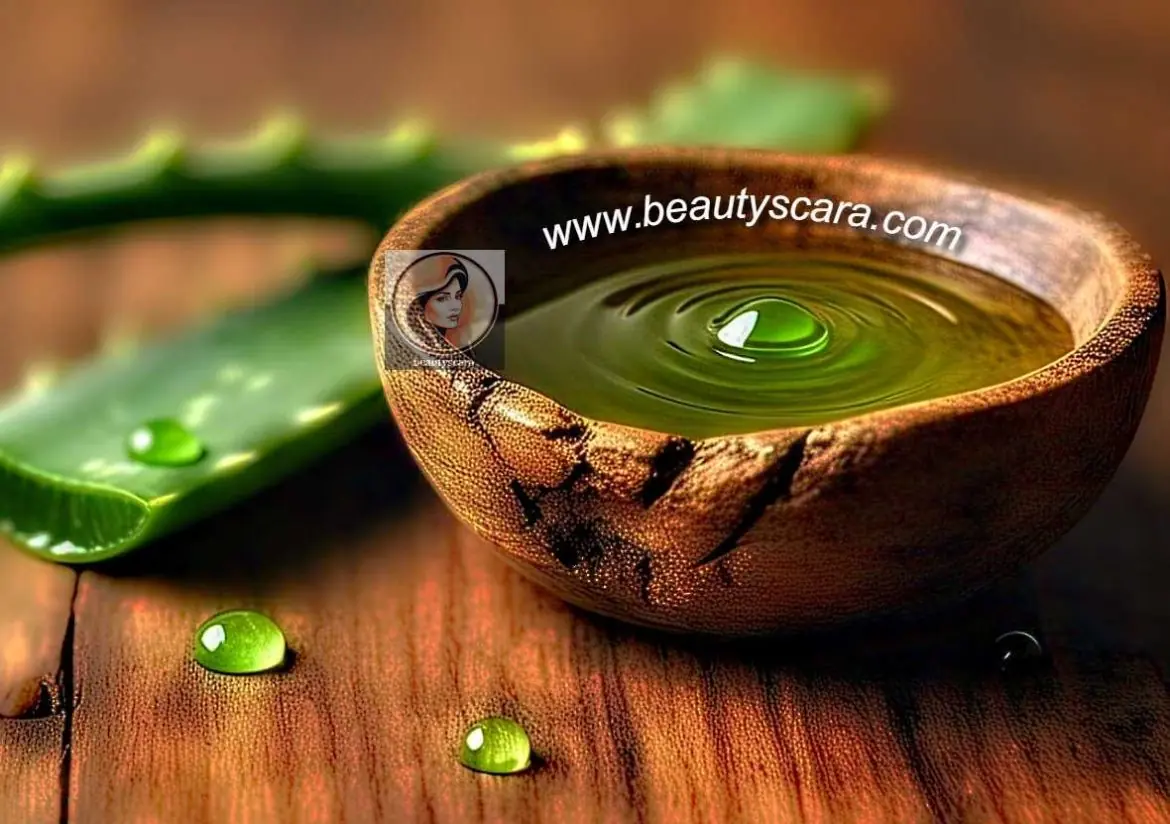
Homemade Okra Face Gel – Collagen Gel for Glowing Skin

Groups of People Who Need to Avoid Eating Bread

What those strange skin patterns might really mean

Should You Eat Rice for Breakfast
